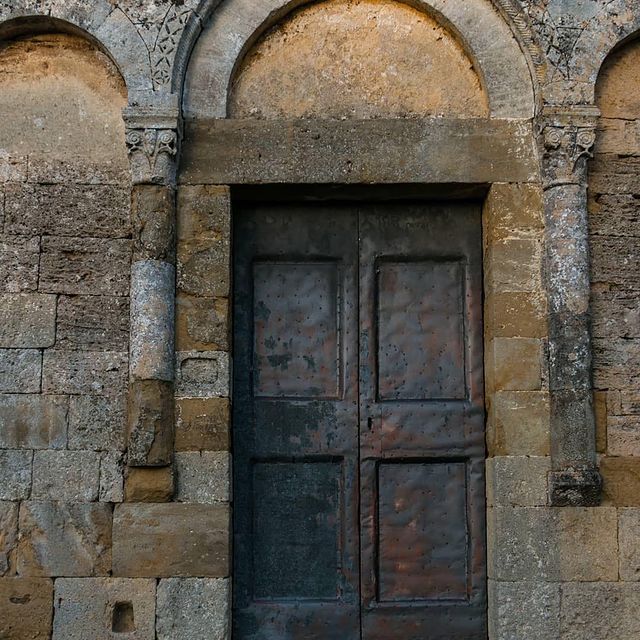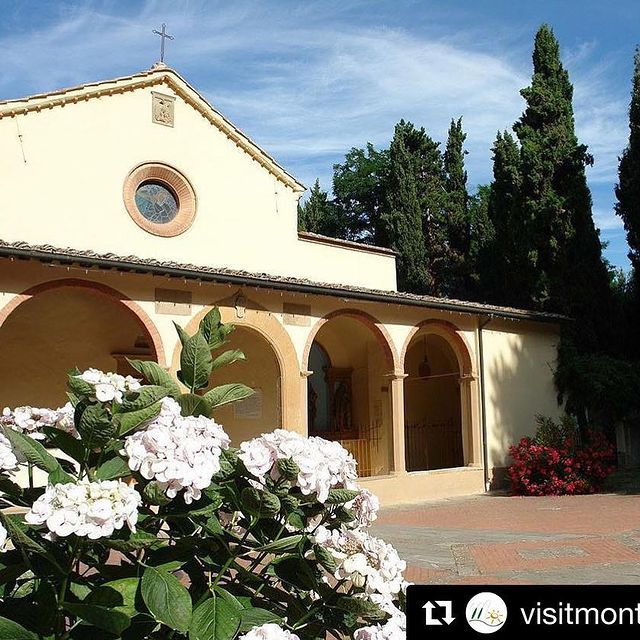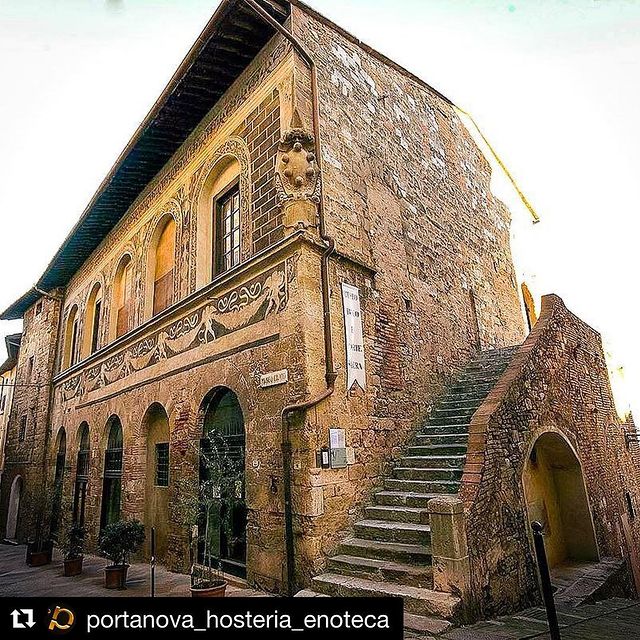Story
Montaione
Montaione is an Italian Comune (Municipality), in the Province of Florence and in the Region Tuscany, it is part of Valley of Elsa river. Located about 35 kilometres (22 miles), southwest of Florence, castles include those of Iano, Camporena, Vignale, Collegalli, Figline (or Filicaja), Barbialla, Castelfalfi, Tonda, Sughera, Scopeto. The “frazione” Filicaja that is famous as the starting point of “Antonio da Filicaja” for the invasion of Pisa by the Fiorentine army, in 1509. Also the “ltalian Horse Protection Association” (IHP), has its main base in Montaione Frazione Filicaja: Main Sights in Montaione the church of “San Regolo” houses “Madonna del Buonconsiglio” by painter “Guido di Graziano” (late 13 century).
Source: Wikipedia
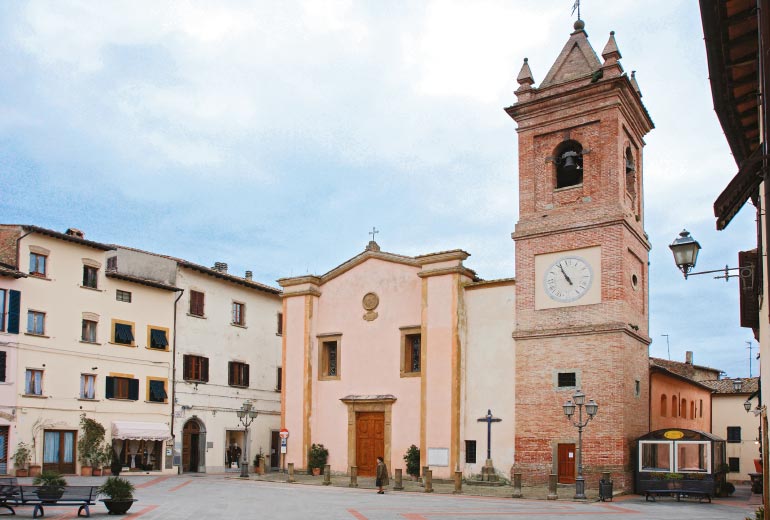
© Gruppo Storico Castelvecchio
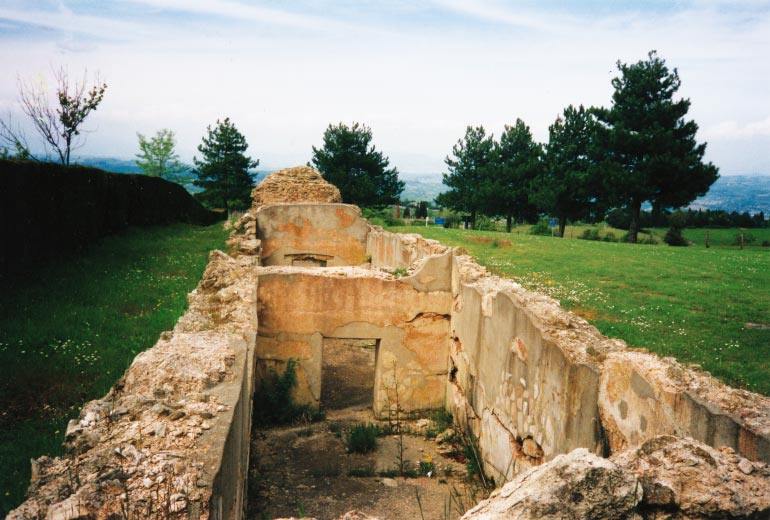
© Gruppo Storico Castelvecchio
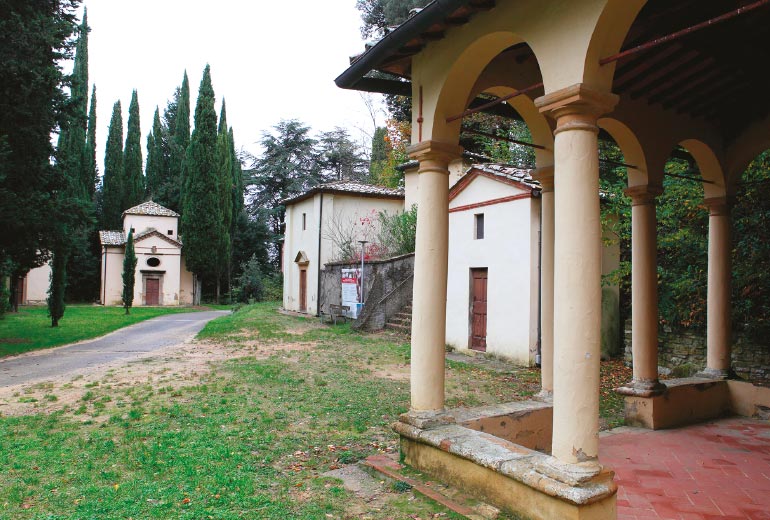
© Gruppo Storico Castelvecchio
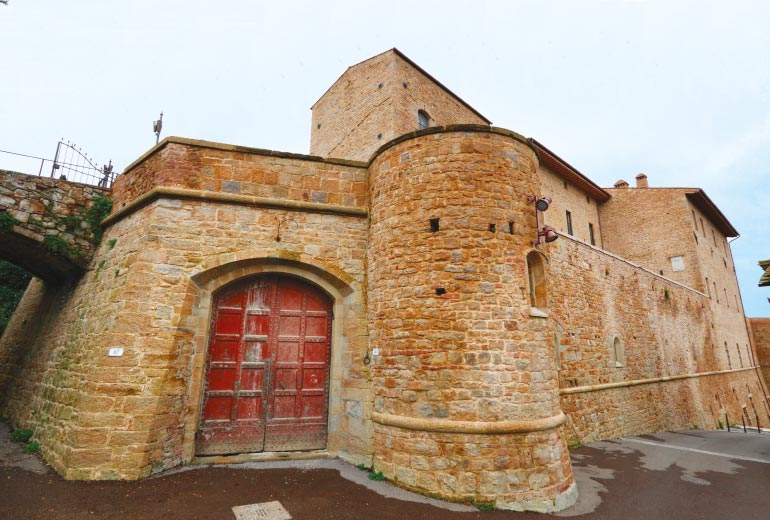
© Franco Senesi
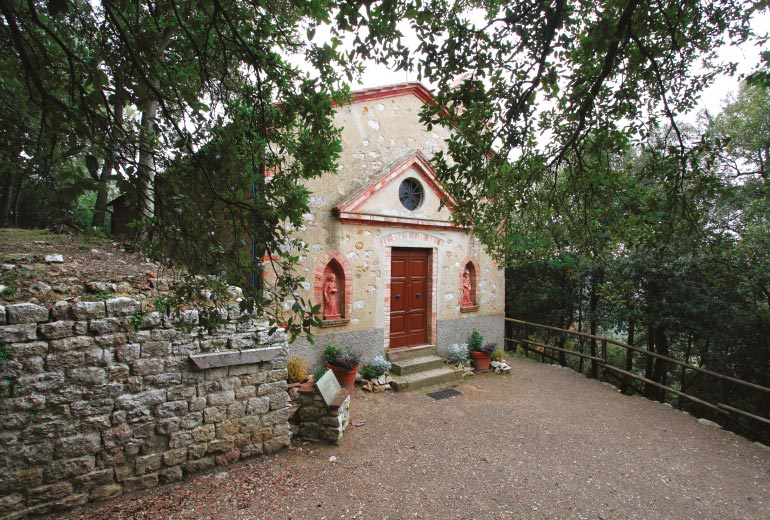
© Gruppo Storico Castelvecchio
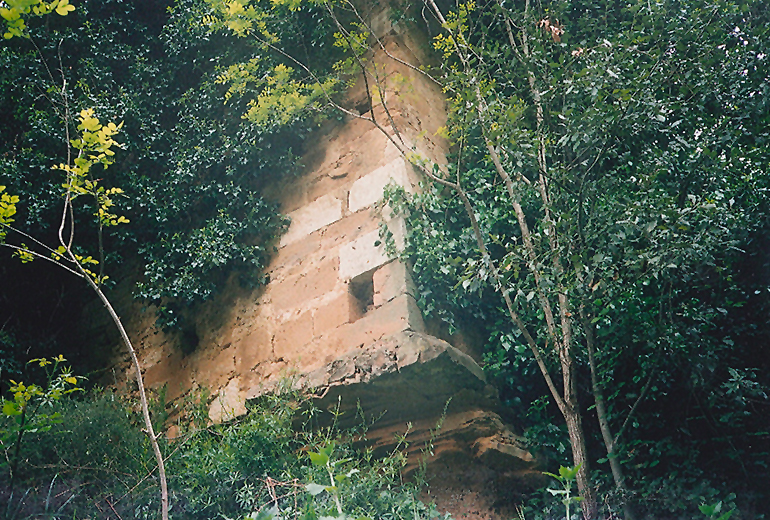
© Gruppo Storico Castelvecchio
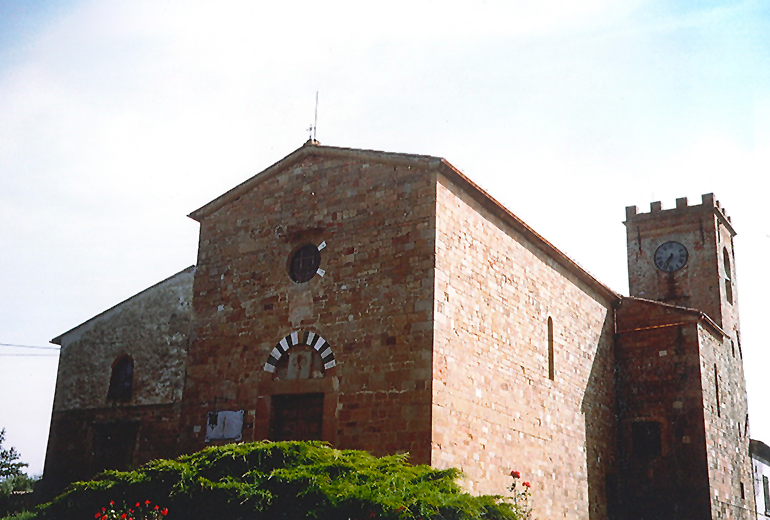
© Gruppo Storico Castelvecchio
Survey
Historic artistic sites
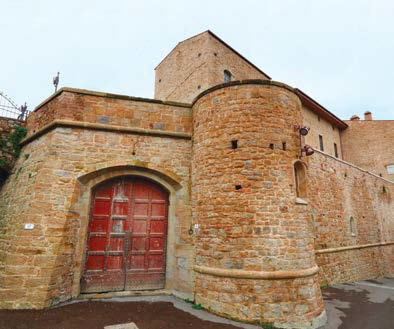
Castelfalfi Show position
LOCATION: on the western perimeter of a residential-hotel area, known as the Village of Castelfalfi, on the road which goes from San Gimignano, passing through Camporbiano, Il Castagno Val d'Elsa and San Vivaldo.
HISTORIC SIGNIFICANCE: the site on which Castelfalfi now stands was at one time a Byzantine fortification which was transferred in the VI century to the Longobards, who altered and enlarged it and at the same time named it Castelfalfi in honour of a legendary character. Later the castle belonged to the Gherardesca family and then a certain Ranieri in 1139 ceded it to the Bishop of Volterra. In 1230 it became subject to the jurisdiction but retained a certain autonomy and was permitted to become a free Comune in 1312.
As such it successfully attacked the troops of the Emperor Henry VII. In 1554 Castelfalfi was seriously damaged by the men of Piero Strozzi, then was completely rebuilt and altered into a villa for the Biondi family, who, in the eighteen hundreds started a flourishing wine producing farming estate.
DESCRIPTION: an imposing complex built entirely of stone, consisting of a main central core and two lateral towers. At the base of the building is a surrounding wall with semi-circular bastions. Forming part of the castle on its eastern side, is the Village of Castelfalfi.
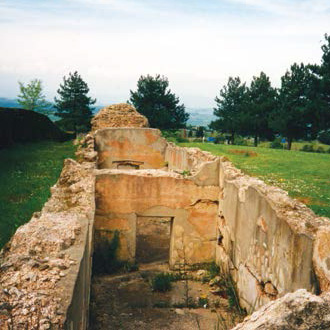
Il Muraccio Show position
LOCATION: on the left side of the road which goes from San Gimignano to Montaione, passing through Camporbiano, Il Castagno Val d'Elsa and Boscotondo, shortly before arriving at villa da Filicaja, which is on the right hand side of that road.
HISTORIC SIGNIFICANCE: this is an area which has been inhabited since the Etruscan period and this great, walled cistern composed of three linked basins or ponds, was probably constructed in the III century after Christ, in order to collect the waters of several springs which exist near Poggio all’Aglione.
The water collected was for the use of the owners of a large Roman villa located immediately to the north of the cistern, which continued to function for an indeterminate period, probably while the villa was in use, which was then probably demolished in order to use its materials for the construction of other buildings.
DESCRIPTION: the cistern which is made up of three rectangular basins linked together with cemented material, have a total capacity of 200,000 litres of water. The basins, each perfectly plastered internally, were at one time covered by barrel vaulted roofs, no longer in existence.
Abandoned for centuries and left to decay, so much so that the cistern was referred to as “Il Muraccio”, but the basins have now been the object of careful restoration in a setting worthy of their archaeological value.
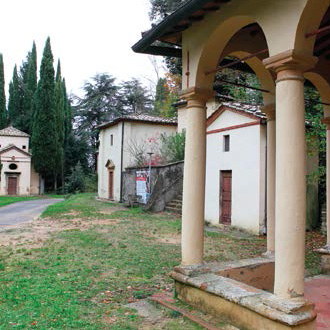
San Vivaldo Show position
LOCATION: in the midst of a forest and a deviation on the left of the road which leads from Montaione to San Gimignano, passing Il Castagno Val d'Elsa and Camporbiano.
HISTORIC SIGNIFICANCE: built during the beginning of the fifteen hundreds, the 34 “Chapels of the Sacred Mountain” or “Jerusalem in Tuscany”, were consecrated in 1515 but over the years were reduced in number.
DESCRIPTION: to-day 17 chapels contain terracotta groups of the Robbia School (Giovanni della Robbia and Benedetto Buglioni), which portray episodes in the life of Christ, with particular reference to His last years and the Way to Calvary.
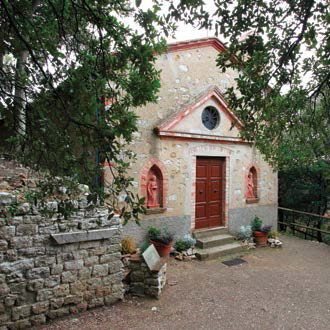
Santuario della Pietrina Show position
LOCATION: set among the ruins of the Castello della Pietrina, on a deviation, on the left, on a local road which leads from Montaione to Palagio.
HISTORIC SIGNIFICANCE: the first records of the existence of a small church dedicated to the Saints Andrea and Agata, as part of the Castello della Pietrina, date back to 1234.
After its conversion into a sanctuary, this religious building slowly fell into disuse, until the time when it was restored in the 19th century and again in the 20th.
DESCRIPTION: of the building under review, only the fade, almost completely covered by plaster, is visible.
The lower portion and base of the structure is constructed of stone and brick and at the centre, above the entrance door and architrave, is a rose window with two lateral side windows as well as a tower with a bell gable above.
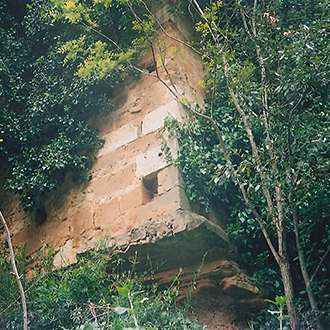
Vignale Vecchio Show position
LOCATION: in an isolated position on a deviation to the right of the road that goes from Montaione to Iano passing San Vivaldo.
HISTORIC SIGNIFICANCE: the first document that confirms the existence of a castle of Vignale, is a grant given by the Empereor Barbarossa Federico I, in 1161 for reasons which are unclear. A second document was issued in 1186 by the Empereor Enrico VI and deals with a donation of half the castle at Vignale to the Bishop of Volterra.
Other documents are dated 1209, 1240, 1338 and 1426. Thereafter there follows a long silence, a period of deterioration ending with the birth of a new settlement known as Vignale Nuovo. In any case Vignale Vecchio survived till the end of XX century, after which it was completely abandoned.
DESCRIPTION: the relics of this ancient village‐castle consist of crumbling walls constructed of stone and brick, with traces of windows and leaning walls.
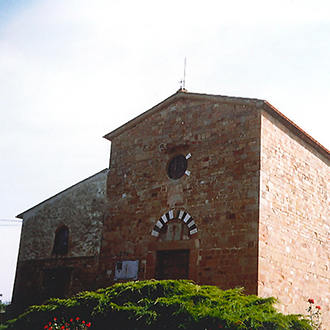
San Floriano a Castelfalfi Show position
LOCATION:in an isolated position near the small urban centre of Castelfalfi on the road which goes from San Gimignano passing through Camporbiano and Il Castagno Val d'Elsa to San Vivaldo.
HISTORIC SIGNIFICANCE: the church was built at the beginning of the fifteen hundreds over a building used for religious purposed which was destroyed during a war.
The new construction, similar to its predecessor and re‐using some of its materials, included a loggia which was demolished in the XX century, because it was out of character with the medieval architectural design of the building.
DESCRIPTION: the building looks medieval, is built with cut squared stone. The enriched, attractive entrance door in the simple facade is approached via a wide stairway. On the right there is a substantial bell tower.
Photogallery
#instavaldelsa
We want people to get to know the Valdelsa through your point of view. Show us how you see our countryside with your smartphone, posting pictures on your Instagram profile using the hashtag #instavaldelsa. The most beautiful pictures will be picked and posted on the official account @valdelsaintoscana. Share your Valdelsa Experience!
